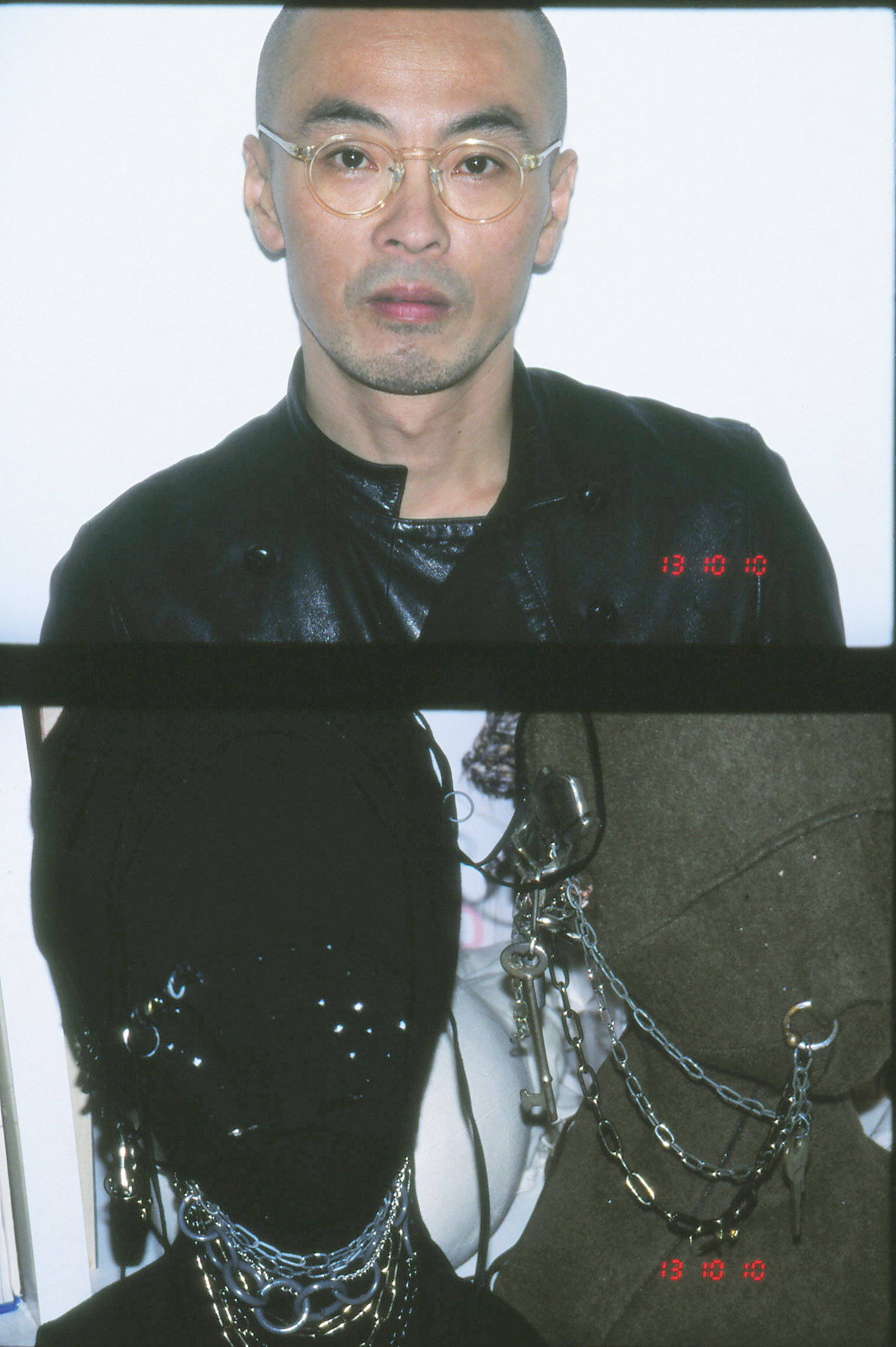Purple Magazine
— S/S 2014 issue 21
Katsuya Kamo
hair artist / Tokyo
interview by KAZUMI ASAMURA HAYASHI
portrait by CHIKASHI SUZUKI
The talent of hairstylist Katsuya Kamo is such that he almost instantly grasps the essence of the designers and photographers he works with. His ability to understand what is asked of him — usually in a matter of minutes during the hectic preparations for a show — and his artistic sensibility were on full display in the exhibition “100 Headpieces,” held at the Laforet Museum in Tokyo in October. Visitors were able to experience these creative highlights, which completely filled the exhibition space and were remarkable both in terms of their sheer number and the tension they possessed. Kamo works for top brands, including Chanel, Fendi, Junya Watanabe, and Undercover, and his headpieces always correspond to the aesthetics of each particular designer combining such diverse elements as bird feathers, paper, studs, and leather.
KAZUMI ASAMURA HAYASHI…

